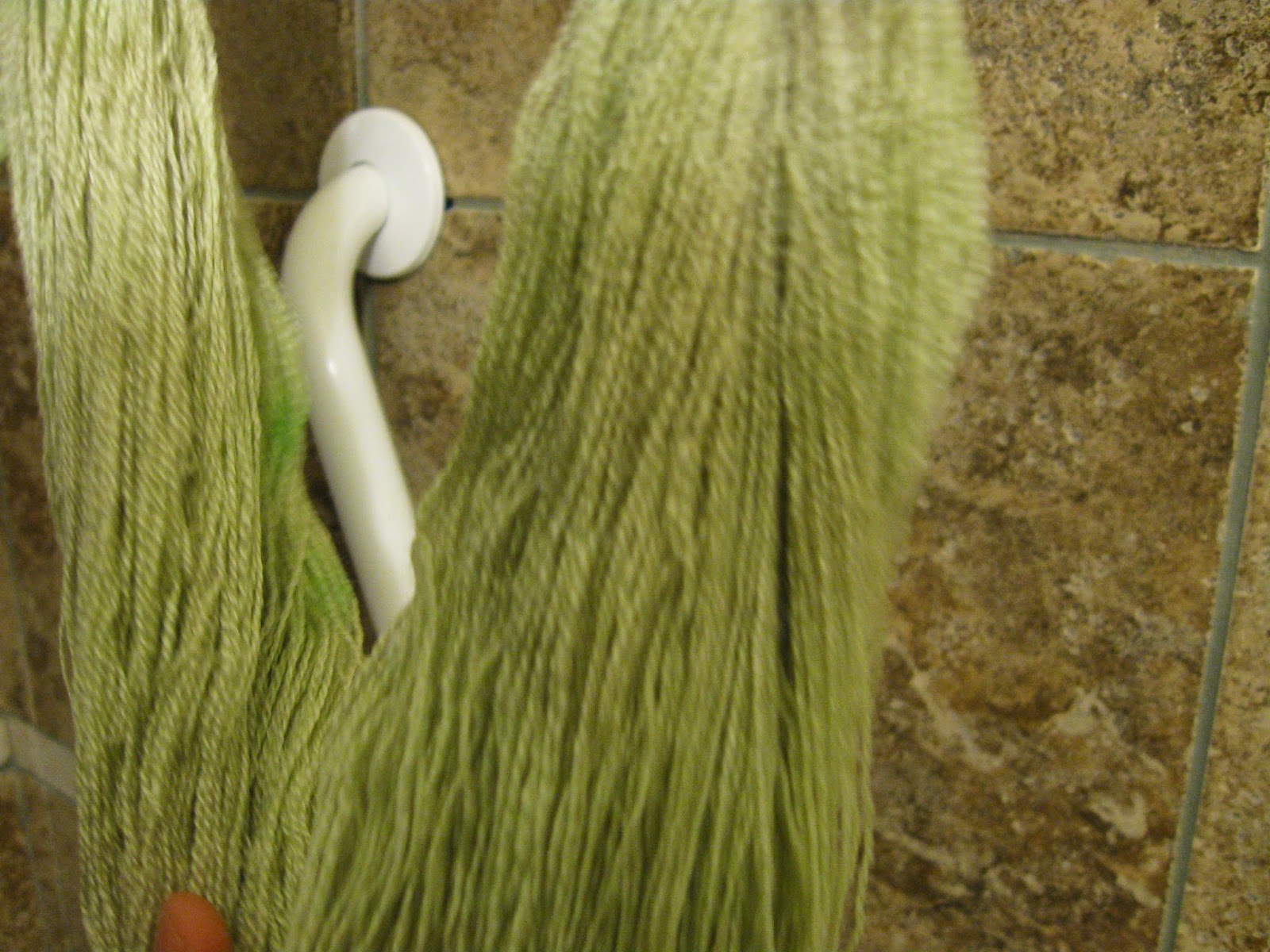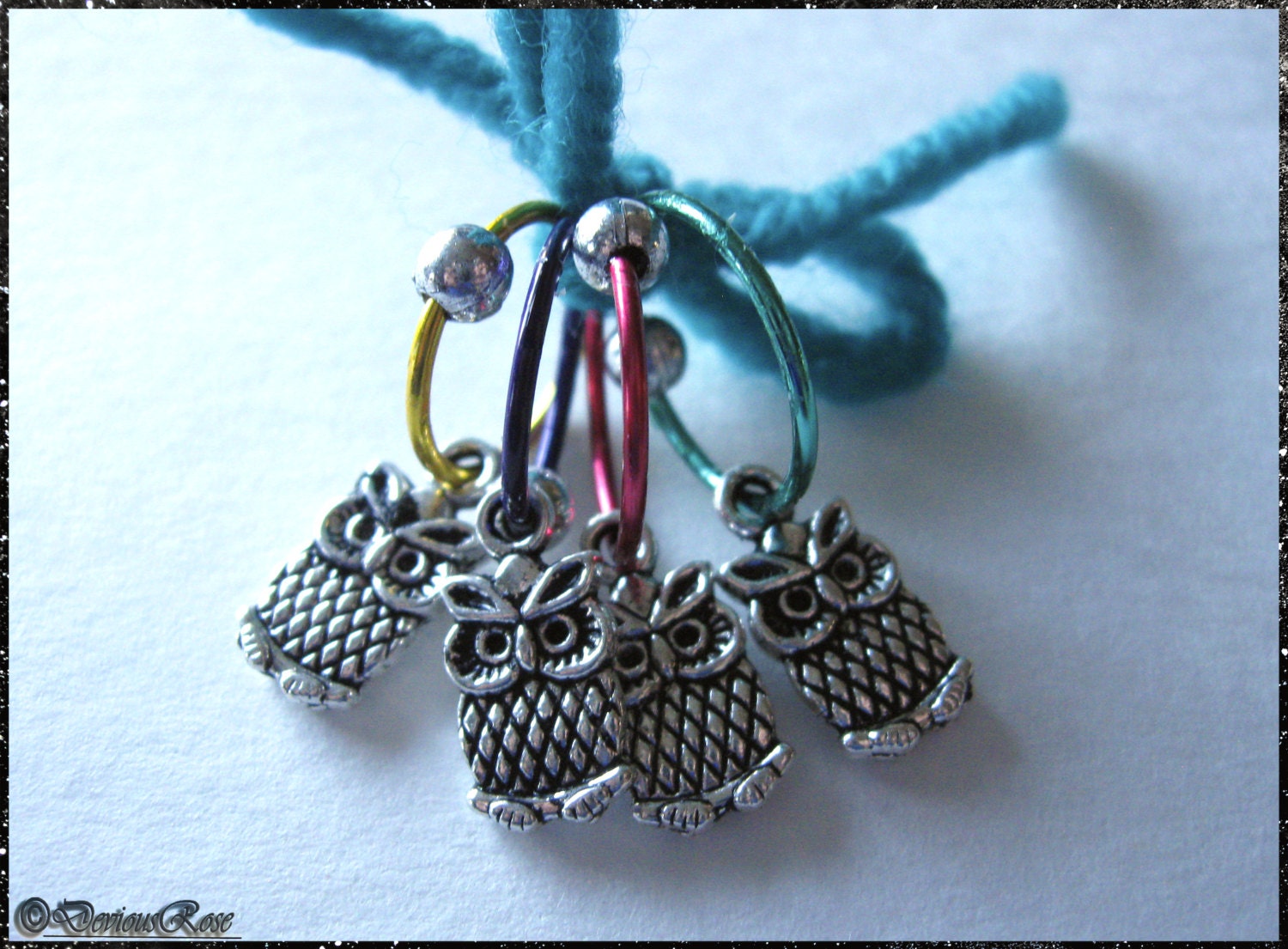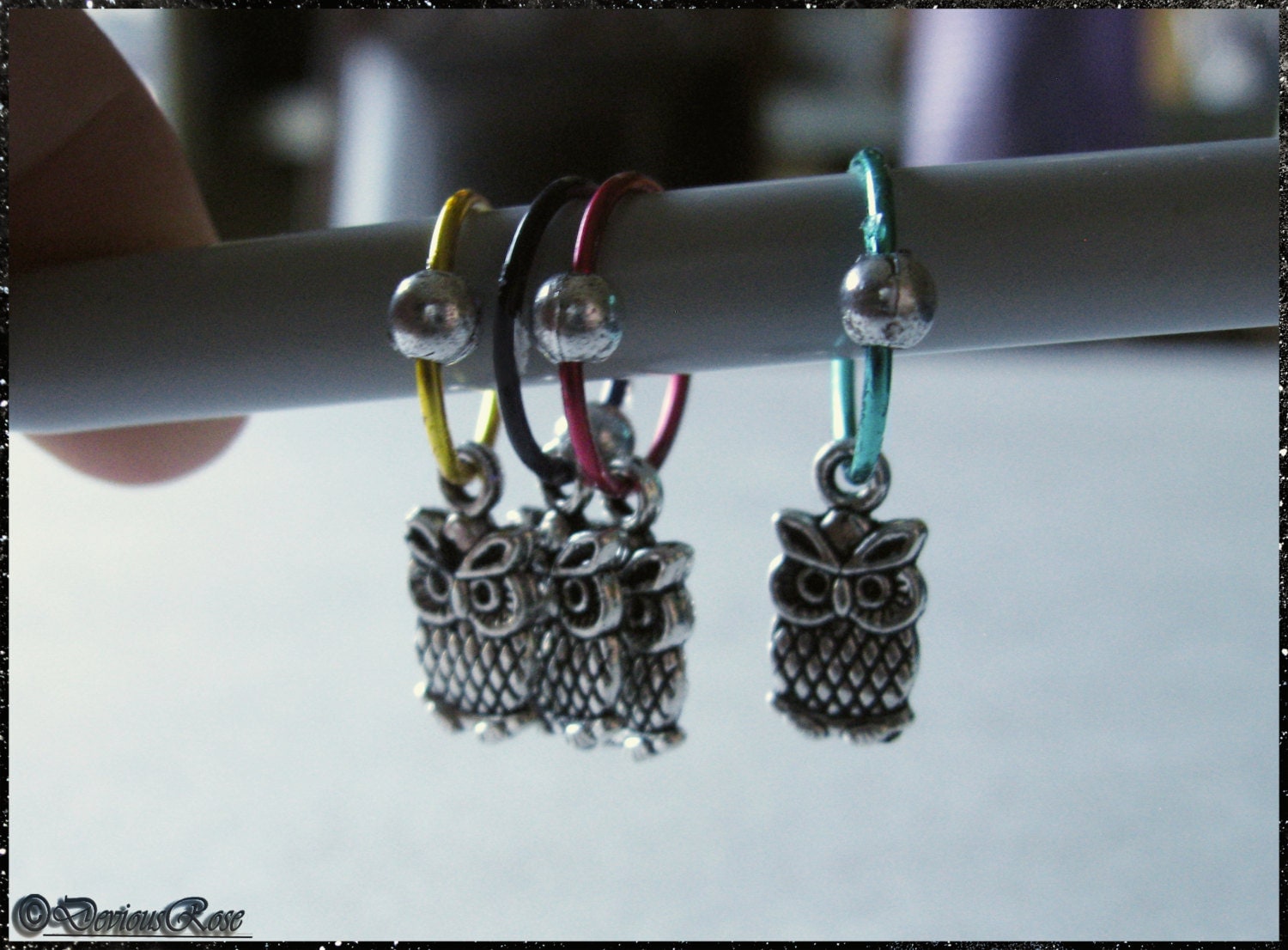As full a view as I could get, plus one of the darling little acorns on the sides. Knitter details on how to modify it to make the colourwork yourself are here. Less knitterly details are here.
A couple months ago I stumbled upon the Oakberry shawl pattern by Carol Sunday. It was so beautiful that I, who had never bought a pattern on Ravelry before in my 6 years of membership, did not hesitate to add it to my cart and checkout. When I saw it, I immediately saw two things: the shawl in colour and me wearing it at my graduation in December. Why? Because it screamed "ENVIRONMENTAL SCIENCE" to me. It fit perfectly with my degree. I will be graduating with a Bachelor of Science in Environmental Science and have been conducting microbial ecology research for two and a half years now, so it seemed a perfect pattern to symbolize my whole undergraduate career. The shawl has nature, and the oak tree is crawling with microbial symbionts and parasites, and is part of a complex ecology in which it plays a key role. It is also a robust, noble tree that is often used for ancient and current symbols, and the delicate lace border fits in with these finer points. The oak has travelled cultures and peoples, and because of its ecology interacts with more than just people as well, fitting in with my study abroad in the French Riviera last spring and my frequent travel to conferences to present my research and take in others' current research. The shawl itself both has and symbolizes inherent strength and beauty.
Here you can see the contrast between the robust body and leaf panel and the delicate vintage border.
After buying the pattern, I had to figure out what yarn to use. Years ago as a new crocheter, back when I was 13, my mom had checked out Doris Chan's Everyday Crochet from the local library. I fell in love with her designs, style of design, and approach to design. One of the patterns in there, a little vest, said that she loved the "unadulterated shades from O-Wool." I did not like the colour combo in the vest, but I loved the colours themselves, and their crisp, bold outline. I found O-Wool yarns a few years later, but it was online and I was under 18. When I finally did get to order something, I fell in love with O-Wool. I hate fuzzy, halo-y yarns, and O-Wool, so far, has had none of that, even their merino. Jocelyn Tunney's yarn was even more in my mind because I had just purchased Pompom Quarterly's Autumn 2015 issue just because I had fallen in love with the Magdalen scarf on the cover, which looked like it was made in bulky, cozy yarn- but it was O-Wool. I knew I wanted something rich in colour and very solid and sturdy, so I went hunting for O-Wool. I ordered 3 skeins each of Cypress (green) and Earth (brown), and after they arrived I went to my LYS and picked up some Juniper Farm Moonshine (40% Alpaca, 40% Wool, 20% Silk) in gold and Noro Silk Garden (45% Mohair, 45% Silk, 10% Wool) in a pale hunter green for the acorns.
Oakberry took me 6 weeks of on and off knitting, from October 11 to November 27. I looked up image after image after image of oak trees at different seasons to pick the yarn and colour, and even dyed the golden yellow yarn a deep gold to make the shade suitable for acorns. As luck would have it, last week O-Wool announced the discontinuation of their Legacy DK yarn line. I was worried about running short of brown, so I rushed to finish it in case I had to resort to scouring Ravelry destashes. But I finished, and the sad, crumpled lace blocked out beautifully, as I knew it would.
And now I have a "but why should I block?" reference on hand. For you non-fiber craft people, "blocking" is a very intense version of washing and laying flat to dry. You basically stretch and pin the garment to its final shape. Subsequent washes and reblockings will not get rid of this shape completely.
















































